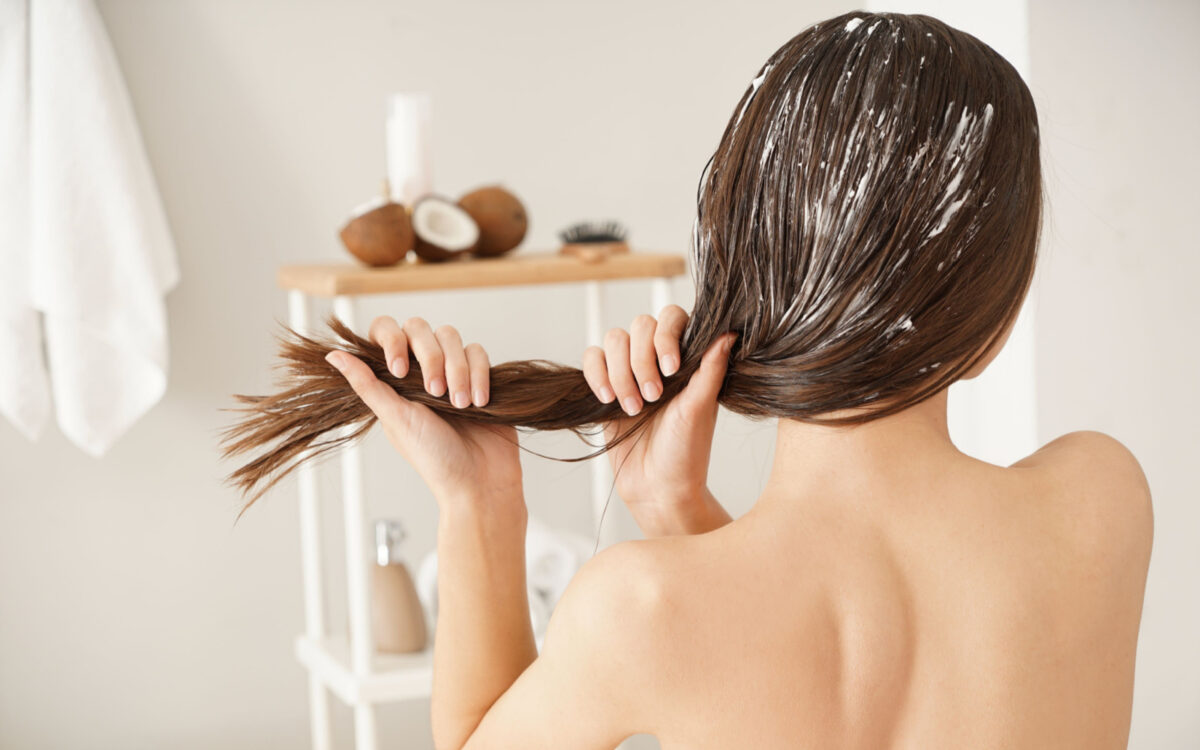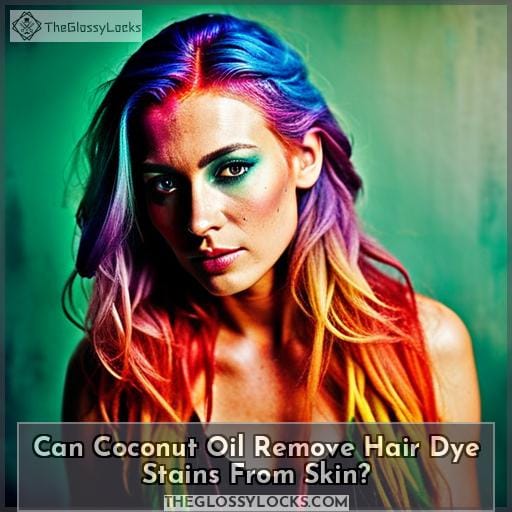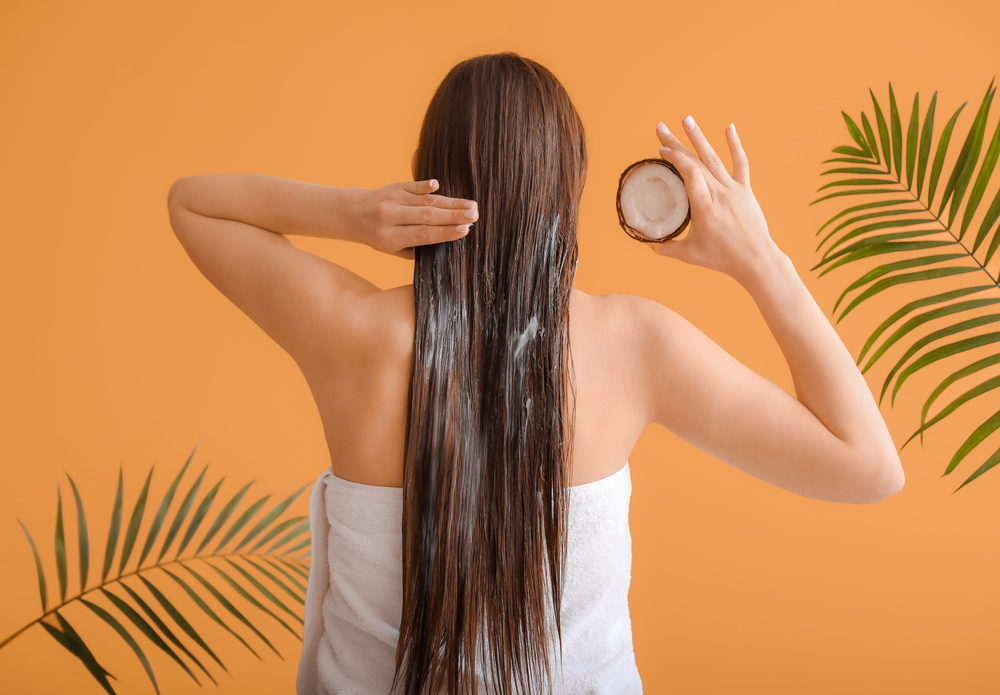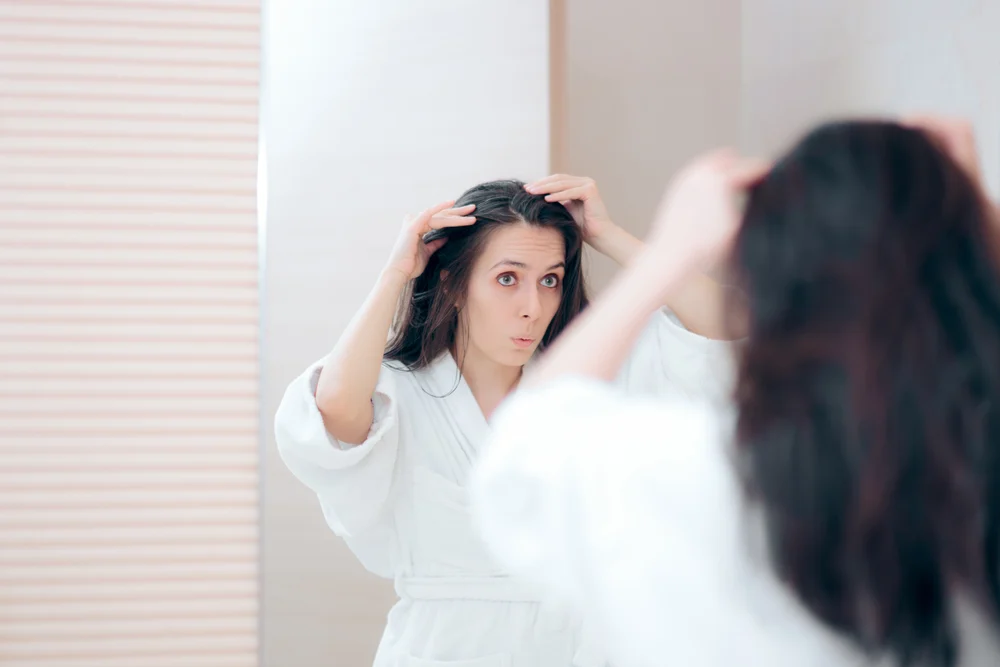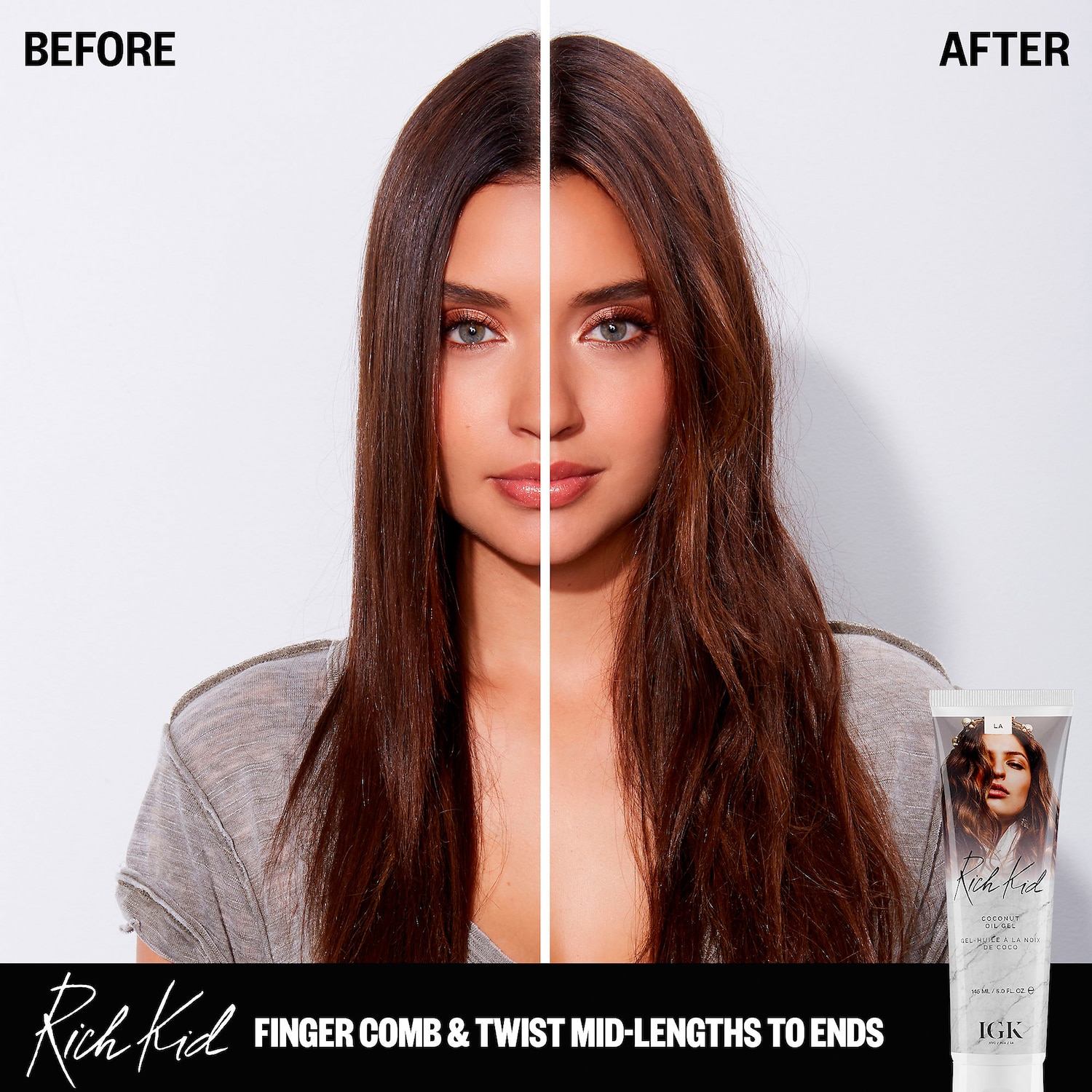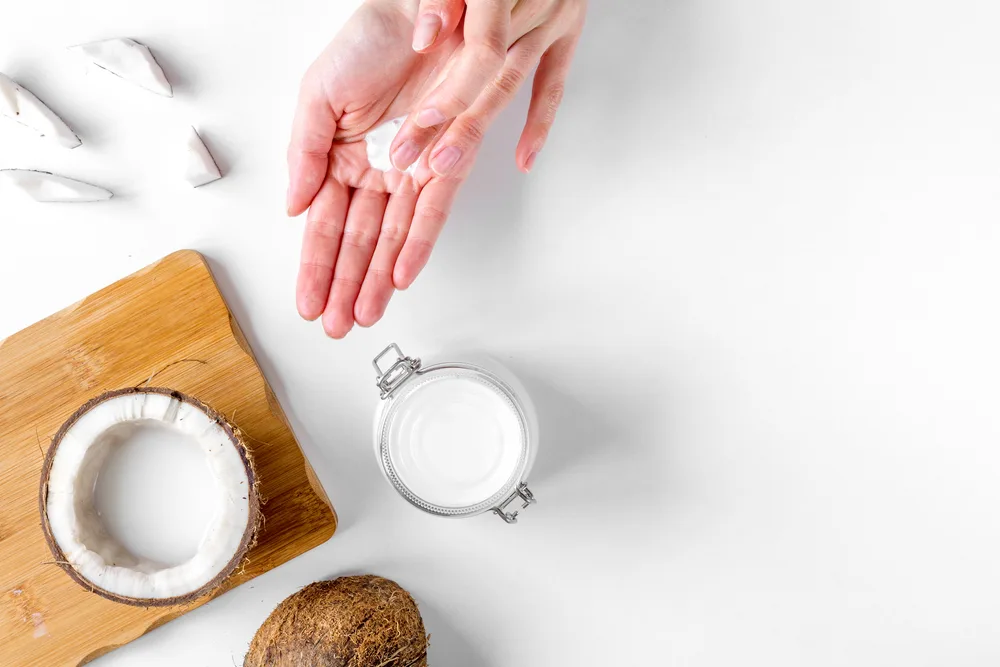Will Coconut Oil Strip Hair Color

The bathroom is a sanctuary, isn't it? Steamy air hangs heavy, scented with lavender and promise. Sunlight streams through the window, catching the golden highlights in freshly colored hair. But a nagging question lingers: can that jar of coconut oil on the shelf, the one promising hydration and shine, actually be the enemy of your carefully curated color?
This article dives into the swirling debate surrounding coconut oil and hair color, exploring whether this natural wonder is a friend or foe to vibrant, long-lasting hues. We'll unravel the science, weigh the anecdotal evidence, and offer practical tips to ensure your hair remains both healthy and beautifully colored.
The Allure of Coconut Oil: A Deep Dive
Coconut oil has ascended to superfood status in the beauty world. Lauded for its moisturizing, strengthening, and shine-boosting properties, it's a staple in many hair care routines.
Its unique molecular structure, particularly its high concentration of lauric acid, allows it to penetrate the hair shaft more effectively than other oils. This deep penetration delivers intense hydration, reduces protein loss, and contributes to overall hair health. It’s a natural remedy, promising to tame frizz, mend split ends, and even stimulate hair growth.
Hair Color Chemistry: A Primer
Understanding how hair color works is crucial to understanding potential interactions with coconut oil. Hair coloring, whether temporary or permanent, involves opening the hair cuticle to deposit pigment.
Permanent hair color, for example, uses ammonia to raise the cuticle and hydrogen peroxide to oxidize the natural melanin in the hair and allow the new color to penetrate. This process, while effective, can leave the hair porous and susceptible to damage. Semi-permanent and demi-permanent colors deposit color molecules on the outside of the hair shaft and are less damaging but also less permanent.
The Great Debate: Does Coconut Oil Strip Color?
Here’s where the controversy heats up. The concern stems from the belief that coconut oil, due to its ability to penetrate the hair shaft, could potentially dislodge or leach out color molecules.
Some individuals swear that applying coconut oil to their colored hair results in noticeable fading. Others, however, report no such effect, even with regular use.
Weighing the Evidence: Scientific Perspective
Currently, there is a dearth of direct scientific studies specifically investigating the impact of coconut oil on hair color longevity. Much of the information available is anecdotal or extrapolated from studies on general hair health and oil penetration.
However, the properties of coconut oil and hair color suggest some potential for interaction. The opening of the hair cuticle during the coloring process makes it more vulnerable. The deep penetration of coconut oil could, in theory, loosen some color molecules.
According to the *International Journal of Trichology*, hair porosity affects how different oil affects color. Hair porosity determines how much of the color is absorbed, and how easily oil will penetrate the hair.
Anecdotal Evidence: Real-World Experiences
Scrolling through online forums and beauty blogs reveals a mixed bag of experiences. Many users with vibrant red, blue, or purple hair report noticeable fading with regular coconut oil use.
Others, particularly those with darker shades or using coconut oil sparingly, report no adverse effects. The type of hair dye used, the hair's porosity, and the frequency of coconut oil application all seem to play a role.
"I have vivid purple hair and coconut oil is a no-go for me. It definitely speeds up the fading," shares one user on a popular hair care forum.
"I use coconut oil treatments all the time and my dark brown color stays put," counters another.
Factors Influencing the Outcome
Several factors influence whether coconut oil impacts your hair color. These include the type of hair dye used. Vibrant and fashion colors are often more prone to fading.
Also consider your hair's porosity. Highly porous hair, often damaged or chemically treated, absorbs and releases moisture more readily. This makes it potentially more susceptible to color leaching.
Finally, the frequency and amount of coconut oil used makes a difference. Less frequent use, and smaller amounts, are less likely to cause significant color fading.
Tips for Using Coconut Oil Safely on Colored Hair
If you're hesitant to completely banish coconut oil from your routine, here are some tips to minimize potential color fading. Consider using coconut oil *before* coloring. Applying it as a pre-treatment can create a barrier, potentially reducing color absorption and damage.
Also consider using color-safe shampoos and conditioners. These products are formulated to be gentle on colored hair, helping to lock in pigment and prevent fading. Use coconut oil sparingly. If you notice fading, reduce the frequency or amount you're using.
Finally, opt for cooler water when washing your hair. Hot water can open the hair cuticle, increasing the likelihood of color leaching.
Alternative Oils for Colored Hair
If you're concerned about coconut oil stripping your color, several other oils offer similar benefits without the perceived risk. Argan oil, rich in antioxidants and fatty acids, is a popular choice for adding shine and reducing frizz.
Jojoba oil, similar in structure to the hair's natural sebum, provides excellent moisturization without weighing the hair down. Grapeseed oil, a lightweight option, is easily absorbed and helps to seal in moisture.
Conclusion: Navigating the Nuances
The relationship between coconut oil and hair color is complex and multifaceted. While some individuals experience color fading, others find it to be a beneficial addition to their hair care routine.
The key lies in understanding your hair type, the type of hair dye used, and the potential interactions between the two. By experimenting cautiously, monitoring your results, and considering alternative oils if necessary, you can achieve healthy, vibrant hair without sacrificing your color.
Ultimately, the best approach is to listen to your hair. Pay attention to how it responds to different products and adjust your routine accordingly. A little experimentation and careful observation can lead to a hair care routine that leaves you feeling confident and radiant.
